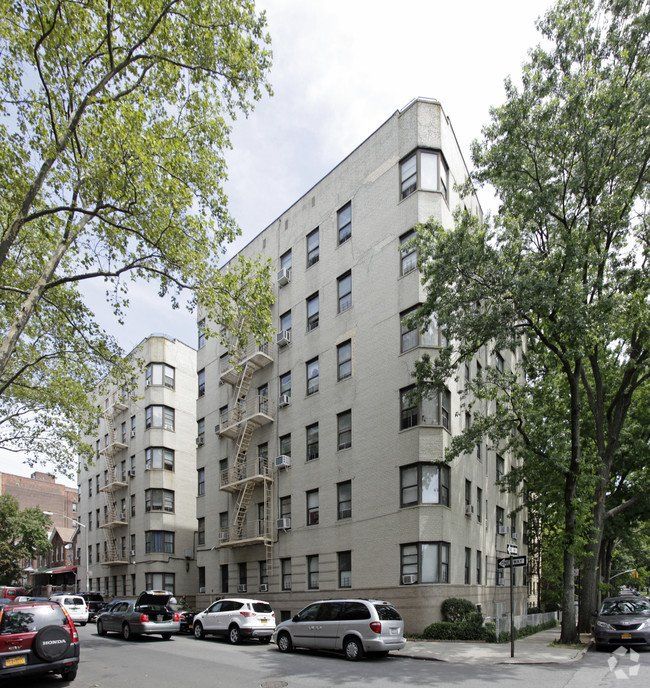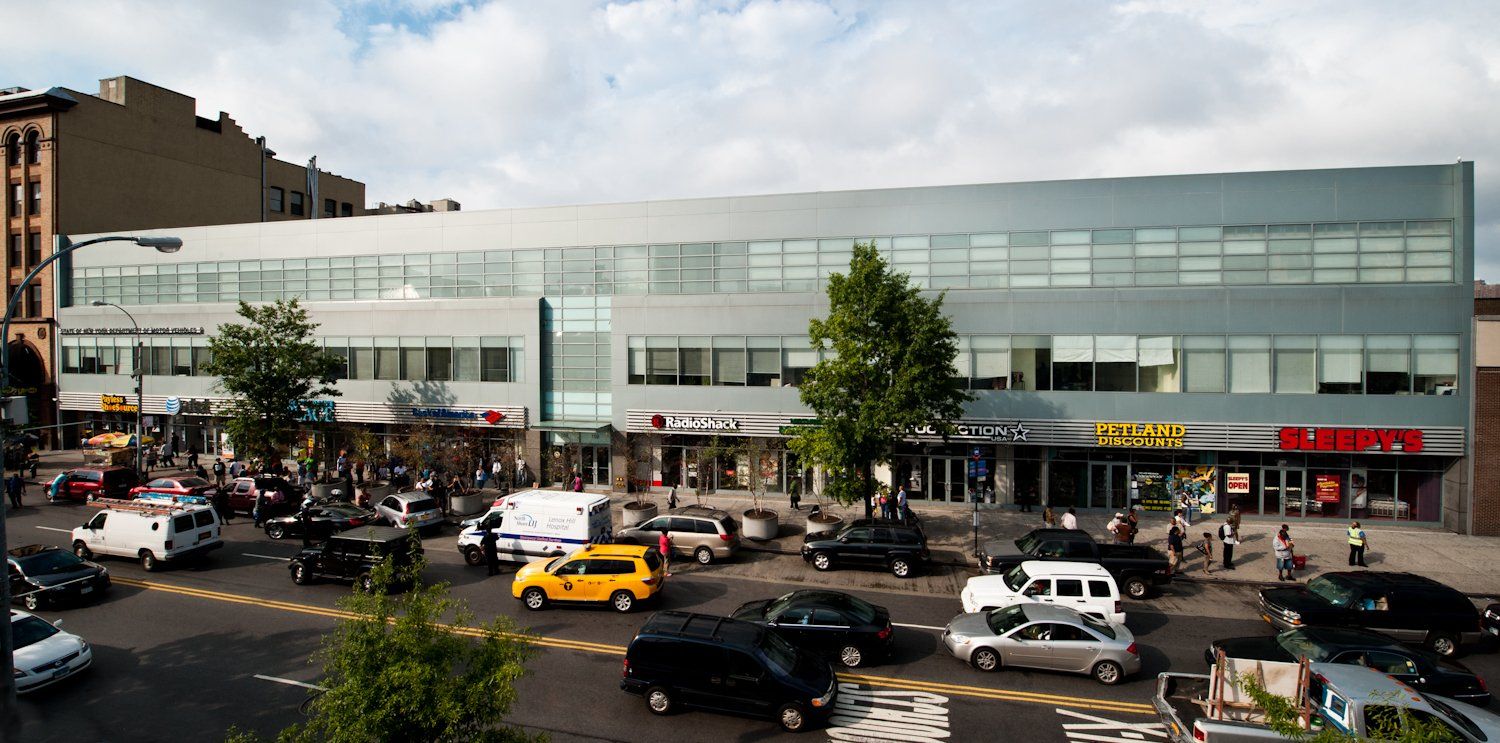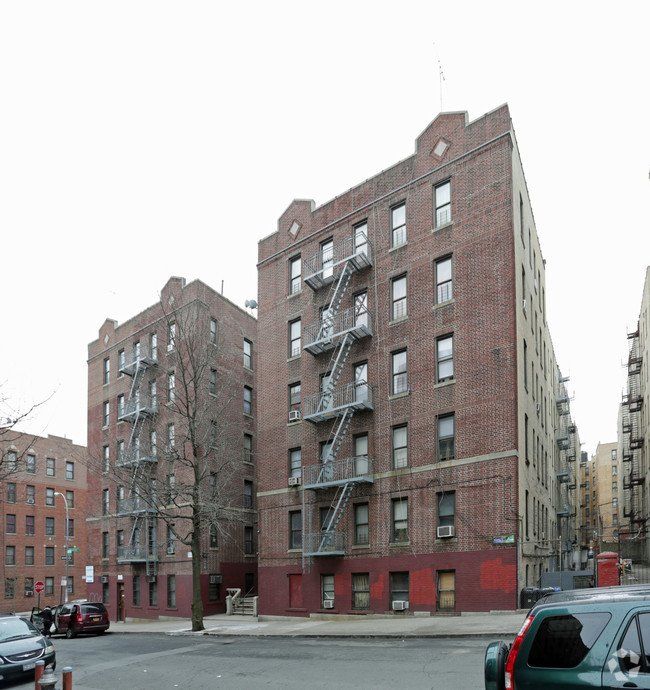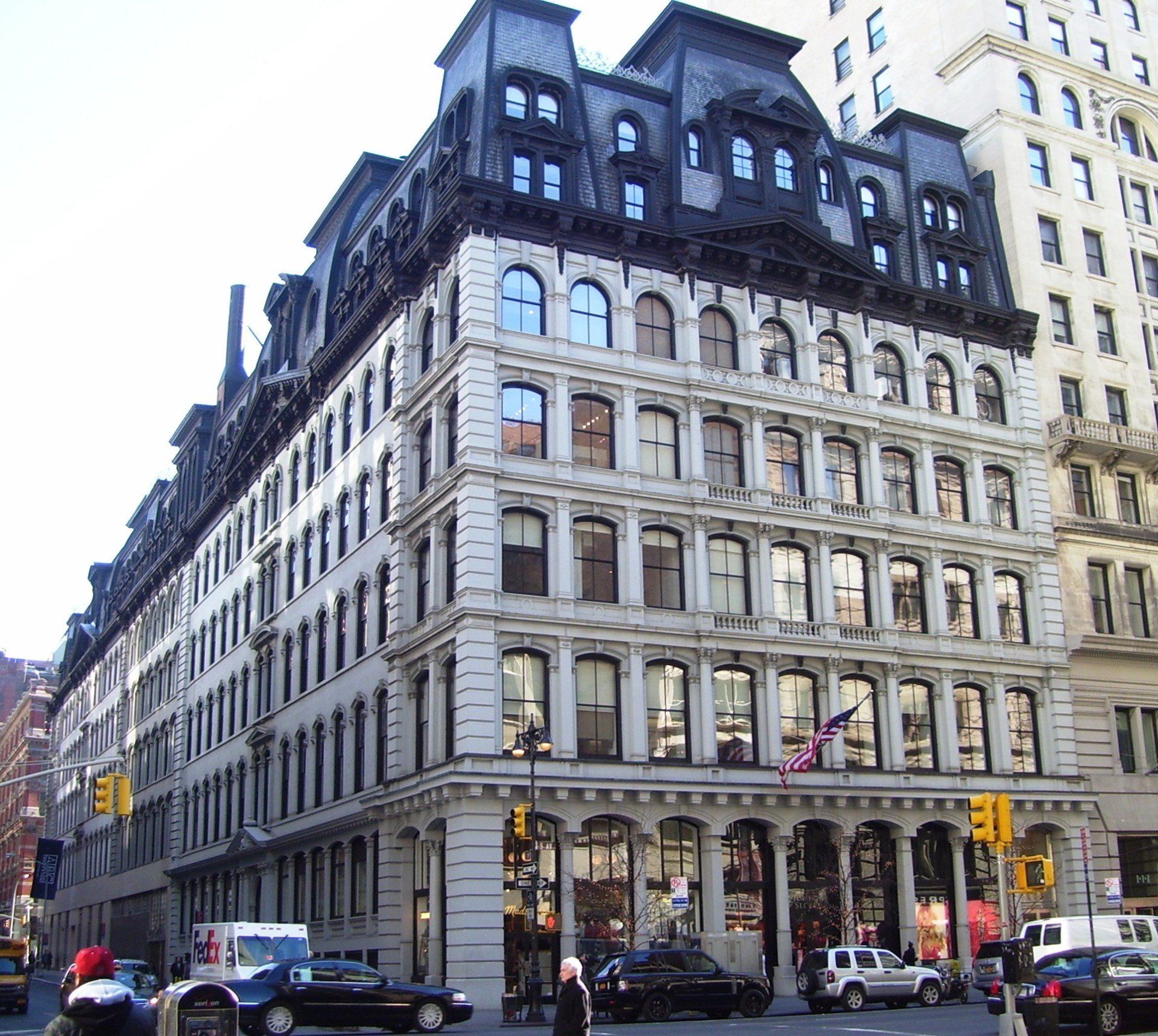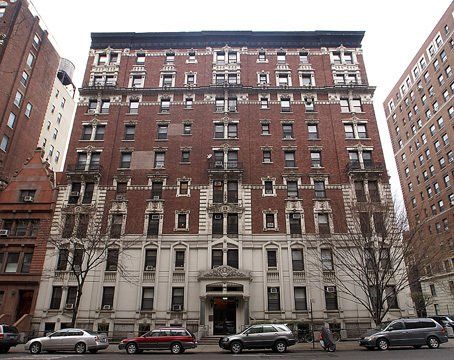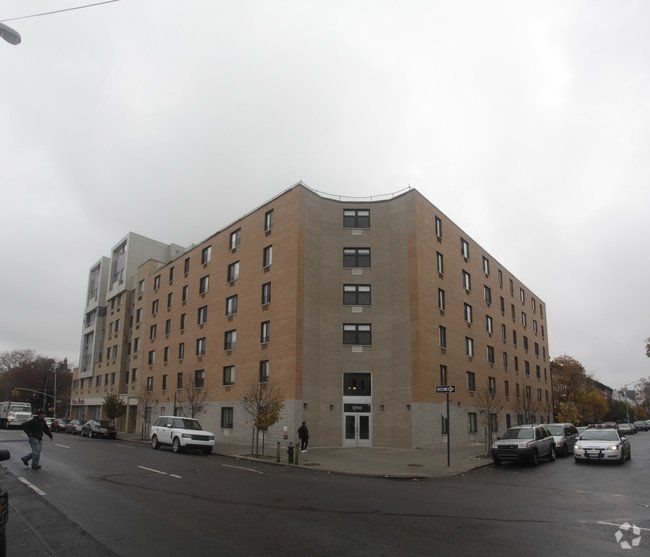Local Law 97 Green House Gas Emissions & Carbon Limit
Owners will have to comply with emissions reduction and carbon limit requirements. Deadlines in 2024 and 2030.
Questions About
Local Law 97?
Submit a form to get in touch with a Project Manager who will answer questions about your NYC properties. No obligations!
Local Law 97
We will get back to you as soon as possible
Please try again later
What is Local Law 97?
Passed by the New York City Council in 2019, Local Law 97 calls for large existing buildings in NYC to reduce their emissions by 40% by the year 2030. The ambitious law calls for those buildings to cut emissions by a total of 80% by 2050.
This law is part of the Climate Mobilization Act, which is a package of bills aimed at reducing the greenhouse gas emissions of New York City. The end goal is to bring the City to a carbon neutral state by 2050.
Who does LL97 apply to?
- Most buildings over 25,000 square feet;
- 2+ buildings on the same tax lot that together are more than 50,000 square feet;
- 2+ buildings owned by a condo association that are governed by the same board of managers and that together are more than 50,000 square feet.
How do I comply with Local Law 97?
In the event your building is over your GHG allowance and facing penalties under LL97, and energy audit is a good first step to determine which Energy Conservation Measures (ECMs) would help the building reduce its GHG to under the allowable threshold.
The steps to reduce emissions can include:
- Improving energy efficiency through retrofits or upgrades to HVAC systems, lighting, and building envelope.
- Installing renewable energy systems, such as solar panels or wind turbines.
- Purchasing carbon offsets from a third-party provider.
Building owners must submit annual emissions reports to the city and must demonstrate compliance with the law by May 1st of each year.
Not sure where your building stands in light of Local Law 97? Call today for a personalized discussion about your building(s).
Local Law 97 Prescriptive Measures
§ 28-321.2.2 Prescriptive energy conservation measures. By December 31, 2024, the owner of a covered building shall ensure that the following energy conservation measures have been implemented where applicable:
- Adjusting temperature set points for heat and hot water to reflect appropriate space occupancy and facility requirements;
- Repairing all heating system leaks;
- Maintaining the heating system, including but not limited to ensuring that system component parts are clean and in good operating condition;
- Installing individual temperature controls or insulated radiator enclosures with temperature controls on all radiators;
- Insulating all pipes for heating and/or hot water;
- Insulating the steam system condensate tank or water tank;
- Installing indoor and outdoor heating system sensors and boiler controls to allow for proper set-points;
- Replacing or repairing all steam traps such that all are in working order;
- Installing or upgrading steam system master venting at the ends of mains, large horizontal pipes, and tops of risers, vertical pipes branching off a main;
- Upgrading lighting to comply with the standards for new systems set forth in section 805 of the New York city energy conservation code and/or applicable standards referenced in such energy code on or prior to December 31, 2024. This provision is subject to exception 1 in section 28-310.3, provided that July 1, 2010 is replaced by January 1, 2020 for the purposes of this section;
- Weatherizing and air sealing where appropriate, including windows and ductwork, with focus on whole-building insulation;
- Installing timers on exhaust fans;
- Installing radiant barriers behind all radiators.
Local Law 97 Frequently Asked Questions
-
How can building owners determine their emissions to report under Local Law 97?
Building owners can conduct an energy audit to determine their emissions and identify areas where they can make improvements to reduce them.
-
Where does NYC anticipate getting the electricity needed to electrify the existing NYC buildings stock?
New York City (NYC) anticipates getting the electricity needed to electrify the existing buildings stock from a variety of sources, including:
Renewable energy sources: NYC has committed to increasing the amount of renewable energy used in the city, such as solar and wind power. The city has set a goal to generate 100% of its electricity from renewable sources by 2035.
Conventional power plants: NYC will continue to rely on conventional power plants that are powered by natural gas and other fossil fuels, until the city reaches its goal of 100% renewable energy by 2035.
Energy efficiency measures: NYC will also work to reduce the amount of energy needed to power buildings through energy efficiency measures, such as retrofits and upgrades to HVAC systems, lighting, and building envelopes. This will help to reduce the overall energy demand, and lower the need for additional power generation.
Energy storage: NYC will also look to energy storage solutions such as batteries to store excess renewable energy generated during the day to be used during the night or when renewable energy is not available.
Interconnection: The city may also look to connect to other energy grids to import energy from other states and regions, this will be specially important if the city is not able to generate enough renewable energy to reach its goal.
It's worth noting that the city's efforts alone might not be enough and the state, federal and international cooperation will be key to reach the goal, the city will also need to work with utilities and energy providers to ensure that the power generated is delivered to the buildings in a reliable and cost-effective manner.
-
Is it possible for NYC to be carbon neutral by 2050?
It is possible for NYC to become carbon neutral by 2050, but it would require significant efforts from the city government, private sector, and residents to reduce greenhouse gas emissions and increase the use of renewable energy sources.
In 2019, the NYC government announced a goal to achieve carbon neutrality by 2050 as part of the city’s “green new deal.'' This goal involves reducing greenhouse gas emissions from buildings, transportation, and waste. The city has announced several initiatives to achieve this goal, such as:
Requiring building owners to improve energy efficiency and reduce emissions through Local Law 97.
Expanding the use of electric vehicles and increasing access to public transportation.
Expanding the use of renewable energy sources, such as solar and wind power.
Increasing recycling and composting to reduce waste.
Achieving carbon neutrality by 2050 will likely require significant investments in energy efficiency, renewable energy, and infrastructure, as well as changes in behavior from residents and businesses. Additionally, it is important to note that the city’s efforts alone might not be enough and the state, federal and international cooperation will be key to reach this goal.
It’s worth noting that achieving carbon neutrality is a complex and ambitious goal, and it’s not guaranteed that it will be met in 2050, but the city and other cities in the world are taking steps to reduce emissions and decrease dependence on fossil fuels.
-
When will NYC start issuing penalties for Local Law 97?
The fines for non-compliance with Local Law 97 in New York City will begin to be issued starting in 2024. The fines will be based on a building's carbon emissions, with larger buildings facing larger fines. The fines are designed to increase over time, in order to encourage building owners to take steps to reduce their emissions and comply with the law.
-
What buildings are affected by NYC Local Law 97?
Local Law 97 (also known as the Climate Mobilization Act) applies to buildings over 25,000 square feet in New York City. This includes office buildings, apartments, hotels, and other large buildings. The law applies to both privately and publicly owned buildings.
Exemptions may apply to certain buildings, such as those that are entirely affordable housing, are landmarked, or are used for religious worship.
-
How can my building be more energy efficient?
There are many ways to make a building more energy efficient, and the specific steps will depend on the building's age, construction, and current systems. However, some common strategies include:
Insulation: Adding insulation to walls, attics, and floors can help keep heat in during the winter and out during the summer, reducing the need for heating and cooling.
Weatherization: Sealing air leaks around doors, windows, and other openings can help prevent drafts and reduce energy loss.
Lighting: Replacing incandescent bulbs with energy-efficient LED or CFL bulbs can save significant amounts of energy.
HVAC: Upgrading heating, ventilation, and air conditioning systems to more energy-efficient models can improve performance and reduce energy use.
Building Automation System: Installing a building automation system can help to optimize the energy use of the building and control the temperature and lighting levels.
Renewable Energy: Installing solar panels or wind turbines to generate electricity can help to reduce a building's overall energy consumption.
Energy Audits: Conducting an energy audit can help identify specific areas where a building is using energy inefficiently and provide recommendations for improvements.
Some of these measures may require a significant investment upfront, but in the long-term, they can lead to significant energy cost savings and compliance with local laws such as Local Law 97.
-
Are there any exemptions or exceptions to Local Law 97?
Yes, there are exemptions for certain buildings, such as those that are entirely affordable housing, landmarked, or used for religious worship.
-
Will properties comply with Local Law 97?
It is uncertain whether all properties in New York City will fully comply with Local Law 97. The law sets emissions limits for buildings over 25,000 square feet and requires building owners to take steps to reduce their emissions, but compliance is ultimately up to the building owners. The fines for non-compliance are designed to increase over time, which may incentivize building owners to take action to reduce their emissions. Additionally, the city offers various programs and incentives to help building owners improve energy efficiency and reduce emissions, which may encourage compliance. However, some building owners may not comply due to financial or logistical barriers, or simply a lack of awareness of the law.
© 2024 ReDocs, Inc. | All Rights Reserved | Privacy Policy


